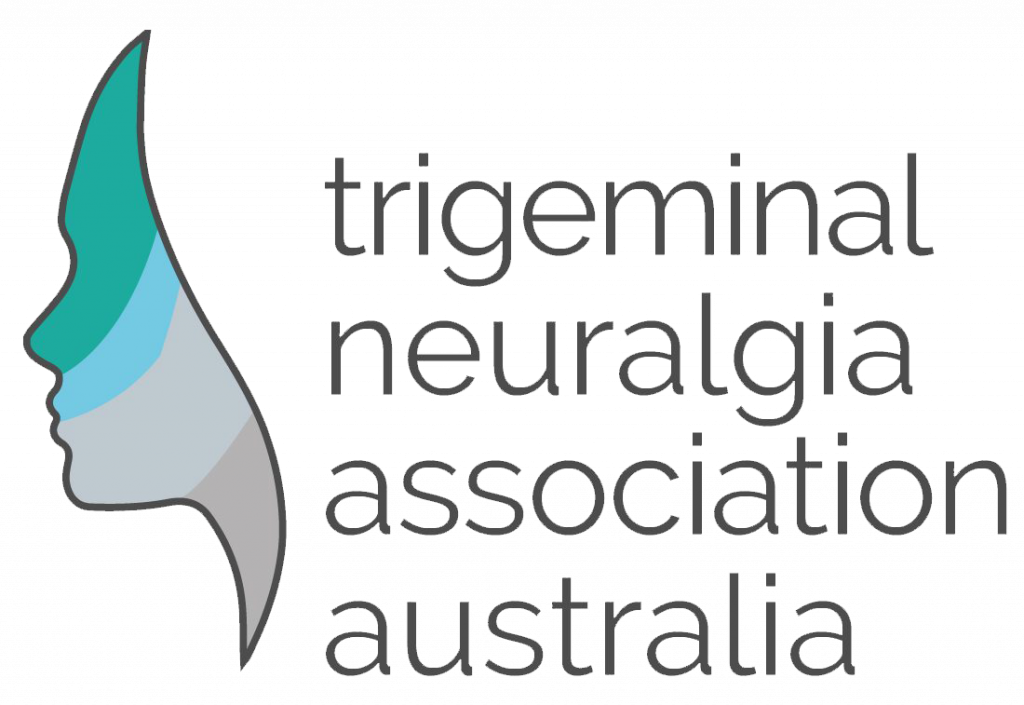Collecting information about TN patients – by Helen Tyzack
When visiting my GP, my neurologists and neurosurgeon I have been asked all manner of questions. After trying out a new medication my GP has asked ‘how are you?’. My responses were usually phrases such as, ‘I didn’t have any side effects’, or ‘it made me dizzy’, or ‘I am putting on weight’.
Immediately after surgical procedures I was asked ‘how are you feeling’ and my responses confirmed their thoughts that the procedures/operations had been a success – because in that moment I felt terrific. Apart from anything, coming out of a general anaesthetic I was so pleased to be alive still.
Days after such meetings, the situation changed and my emotional state was never explored. Presumably cursory snap judgements have been made by all of these members of the medical professions, and their time constraints prevent them following up. It is commonly accepted, at least in the circles in which I move, that poor emotional health can weaken your body’s immune system. On this basis I hope to force a change next time I am with a medical professional when obtaining help for my trigeminal neuralgia, and tell them how I am really feeling not just the superficial responses I have given previously.
With this in mind I found the following article to be telling. While this scientific paper may be difficult to understand at least in places, the conclusion which the researchers arrived at is clear:
Patients and clinicians currently have no reliable way of comparing outcomes in TN especially between medical or surgical treatments. Trials of medical therapies are said to be positive if 50% of patients are pain free, whereas surgical outcomes require 100% pain relief if they are said to be successful.
A summary of their results where n means number, provided:
Most studies collected data on pain (n = 459) and side effects (n = 386) domains; however, very few collected data on the impact of treatment on physical (n = 46) and emotional functioning (n = 17) and on patient satisfaction (n = 35). There was high variability on outcome measures used for pain relief (n = 10), pain intensity (n = 9), and frequency of pain episodes (n = 3).
The full article can be downloaded from link below
Treatment Outcomes in Trigeminal Neuralgia–A Systematic Review of Domains, Dimensions and Measures’ by Carolina Venda Nova, Joanna M. Zakrzewska, Sarah R Baker and Richeal Ni Riordain


